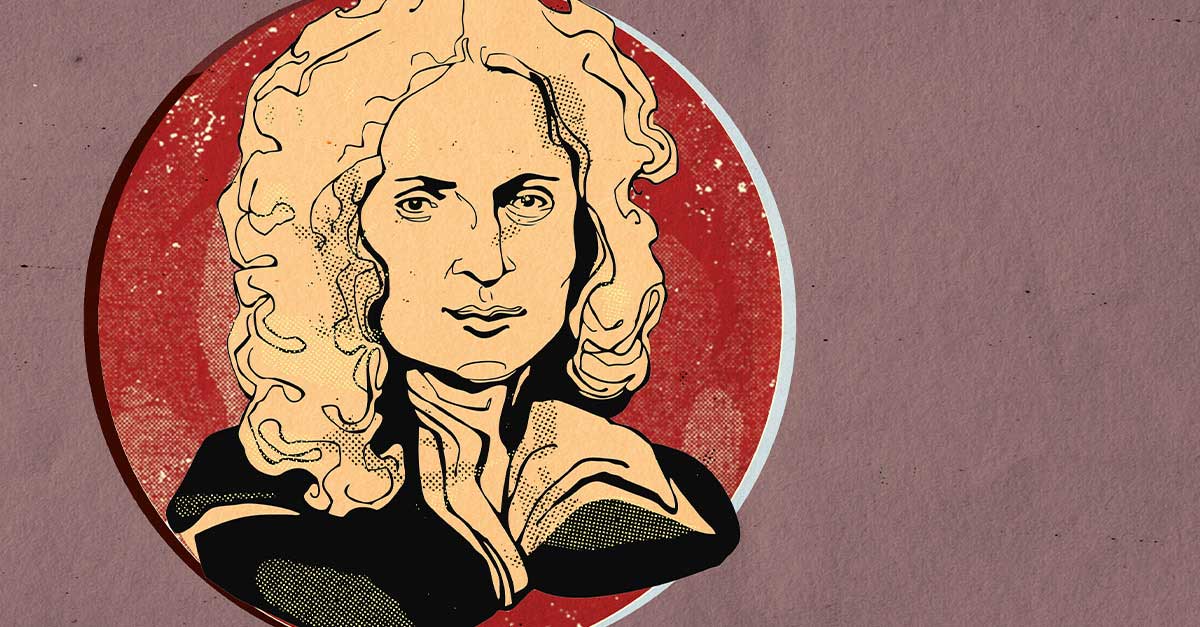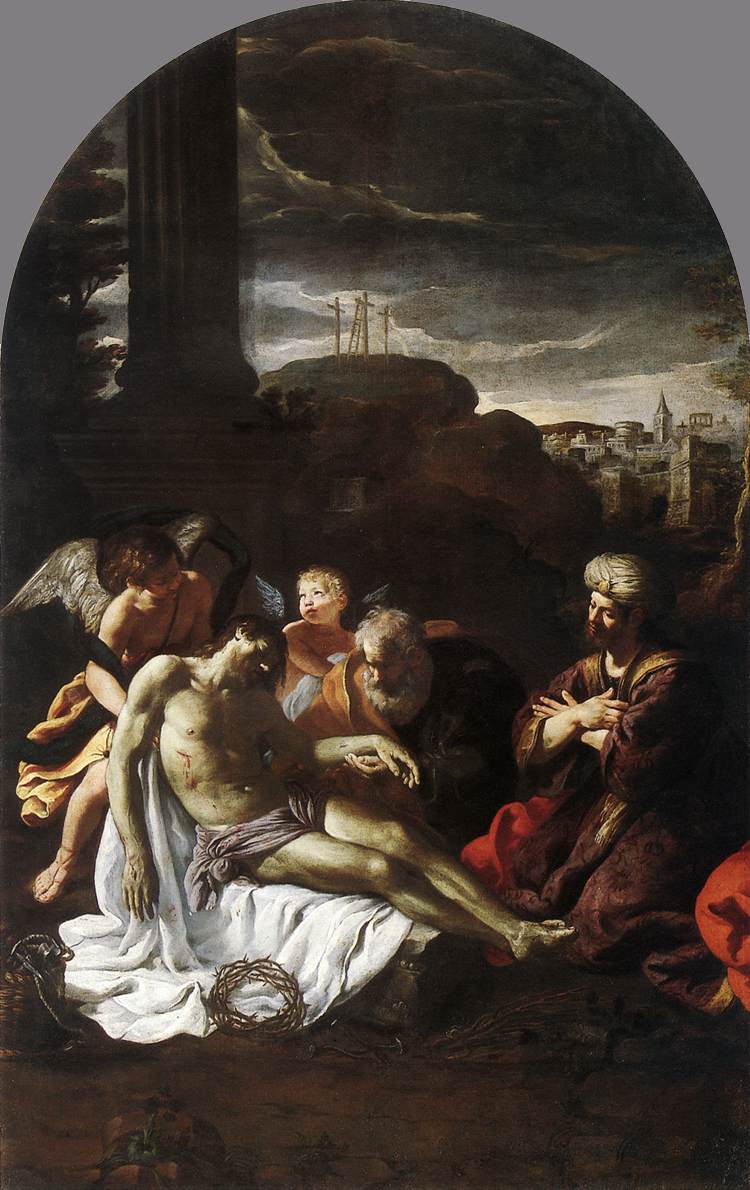Aug 8, 2016 - BBCFour programme of Vivaldi's Gloria performed by an all-female orchestra and choir in the Pieta in Venice. Complementary to the BBC4 programme 'Vivaldi an. The The Women of Vivaldi was founded in Buffalo, NY in 2018 by Suzanne Fatta to promote early music in the Buffalo/Niagara area, and to support all-female choirs which include Tenors and Basses. Based on the work of the world-famous Vivaldi’s Women ensemble (Oxford UK), our performances aim to recreate the sound world of Vivaldi’s Venice, featuring an all female ensemble.
Although much-travelled around Europe, Vivaldi is inextricably linked with Venice and the female music ensemble of the Ospedale della Pietà, an orphanage and music school in the city. “Women in Baroque Music” is the theme for the first London Festival of Baroque (the slimmed down successor to the Lufthansa Festival), so an exploration of Vivaldi’s sacred music for the Pietà seemed perfectly natural. The Orchestra of the Age of Enlightenment is a dab hand at this sort of Baroque repertoire, but on this occasion, it was joined by a rather unnatural choir.
Both boys and girls were educated at the Pietà until they were ten, at which point the boys were apprenticed. Girls were taught a trade, with those showing musical aptitude taken on as figlie in educazione, many staying at the institution into adulthood unless they left to join a convent or received an offer of marriage. A female choir and instrumentalists would perform for liturgical services and their reputation meant visitors flocked to Venice to hear them perform. Unlike other ospedali in Venice, choral music at the Pietà included parts for tenors and basses… and the singers in those parts were female! The tenor parts were written high enough to effectively be second altos. The bass parts, however, were either sung at pitch – when they had singers capable of reaching the low notes – or raised an octave.
The Schola Pietatis Antonio Vivaldi is an amateur group trying to recreate the sound of Vivaldi’s all-female choir. On the evidence of this evening’s concert, it’s a brave attempt, but not without significant problems. As a choir, it makes a pleasant sound, light on the tenors (4) and basses (2) but with enough impact to make the opening of the Gloria RV589 go with a swing. The sound of women singing bass register is not easily forgotten. It is something that may haunt me for some time.
The best of the soloists included Clemmie Franks, who made a decent stab at the florid motet Clarae stellae, scintillate. Anna Shackleton and Clare Woodall duetted well in the Laudamus te in the Gloria. The motet Nulla in mundo pax sincera has become one of Vivaldi’s hit numbers thanks to exposure in the soundtrack to the film Shine. Therefore, Penelope Martin-Smith faced a tough job in such familiar music. She has a light, attractive soprano and her performance grew in confidence, although the voice lacked diaphragm support and there was a tendency to snatch at top notes.
Instead of using these same voices in the many solo roles in Vivaldi’s Gloria and Dixit Dominus and in Nicola Porpora’s very attractive Laetatus sum, the choir instead allotted these solos democratically among many members, with variable results.
Thankfully, the excellent OAE was on hand to provide spirited support, led from the violin by a bow-waving Kati Debretzeni who starred in Vivaldi’s Concerto “for the Assumption of the Virgin Mary”. Here, the orchestra was split into two bands, the finale notable for containing the longest Baroque cadenza I’ve ever heard, Debretzeni polishing it off with graceful charm. Gut strings of the OAE added grainy texture and vigour to proceedings, while David Blackadder’s trumpet contributed effectively to the outer movements of the Gloria.
While the concert had a weird fascination as some sort of laboratory experiment into how Vivaldi’s Pietà choir may have sounded, it’s going to need a more polished, professional vocal group to convince me of the merits.
See full listing
 More reviews...
More reviews... Mobile version
Mobile version And now for something a little different to report: women singing both tenor and bass, with the author as living proof of capability in both parts. Some of you may have watched a broadcast of Vivaldi’s Gloria on BBC 4 a few weeks ago without realising that the ensemble of singers and players was entirely female in composition.
This was a repeat of a production shown in 2006 in tandem with a documentary about the known performing practice in the eighteenth century at the Ospedale della Pietà in Venice, where Vivaldi was employed on and off for 37 years from1703 to 1740 first as maestro del violin and then as maestro di concerti. The Pietà was one of four institutions in Venice that catered for society’s derelicts; it took in foundlings, or unwanted and abandoned babies and infants, and gave to those of them (perhaps one in ten) who showed musical promise or aptitude a thorough grounding in music. This was done not merely from charitable motives, as by Vivaldi’s time the practice of music had developed to a stage where it had become the custom to perform in public to an appreciative paying audience every Sunday.
Many accounts survive to illustrate the high quality of these performances, often penned by travellers undertaking the Grand Tour, who were attracted by the reputation of these famous girls and women. They generally performed in the galleries, or cantorie, of the church, by candlelight and stationed behind gauze curtains and a metal grille which lent an air of mystery to the proceedings. So we, attired in replica costumes, did likewise, and performed Vivaldi’s Gloria (RV 589) from memory as it was originally intended to be sung, with women singing all four parts at written pitch. Surviving records at the Pietà make it quite clear that this was so, as the names of the performers are written into the score. So much for musicologists’ theories about introducing men to sing the lower parts or transposing them up; no need to do either when some of us are well able to do the job unaided.
So who were we, and why did we have the opportunity to demonstrate these powers? The group of singers, called Schola Pietatis Antonio Vivaldi, or SPAV for short, was derived initially from members of the Oxford Girls’ Choir, augmented by a few older outsiders to provide some “beef” especially in the lower parts (plus in my case some exceedingly low notes; down to F below the stave in the Gloria and I can go lower still, down to C below the stave on a good day). This represents the age composition of Vivaldi’s singers as well as the vocal distribution of parts. Accompanying us were members – females only – of the Orchestra of the Age of Enlightenment’s Jerwood experience. In the eighteenth century girls and women of the Pietà were often trained in both fields but for the purposes of the broadcast and to maintain an appropriate quality of sound professional players were used. We have performed since, most recently on tour last autumn, and have plans to perform some more once funding has been secured, so we are open to offers on that score.
Because there were limited opportunities for double takes most of the filming took place in one go. We had a brief rehearsal time in the church, which was freezing cold in November. The church of the Pietà, which was completed after Vivaldi’s time but probably to his specification, is only opened for concerts and some special occasions (eg during Biennale) at present, so thankfully we did not have to dodge gaping tourists or get up at dawn. For authenticity’s sake all the electronic kit was well- concealed, including miles of cable and a £2 million jimmy jib camera that rose majestically from the floor of the church to capture us at an altitude of 60 feet, and a hidden conductor equipped with monitors that we could see but which were rendered invisible to TV viewers. At one point the jib camera struck the metal grilles, to a chorus from us of “Jimmy crack jib, and I don’t care”.
Another unscheduled highlight was when the choir opposite started a Mexican wave, to which my choir responded by whistling a bit of the Gloria. We could hear the producer groaning aloud at this manifestation of the true St Trinian spirit. Recording sessions can produce that effect after a while, even in so glamorous a setting as the Pietà church with its magnificent Tiepolo ceiling painting. A kind of sympathetic magic gripped us all. Being in Venice and especially singing there is romantic enough, but there was the added frisson of treading in the steps of the original performers, for whom we felt a marked empathy across the years. Music was their way of life; literally so, as the fees paid by visitors helped in large part to sustain the institution, which survives today (the only one of the original four to do so, after Napoleon’s reforms of the city’s government suppressed the other three) as a children’s home and refuge for those from troubled families. And Venice was unique in educating females in this way; the four conservatorios in Naples for instance took only boys. One could almost imagine the spirit of Vivaldi benignly encouraging us.
And why us? We had originally been formed as a group in 2005 in response to the BBC’s invitation, with a distinct mission to demonstrate women’s ability to sing all parts at pitch and had already sung for Evensong in Canterbury cathedral in the late summer on a first outing. I think the cathedral establishment - or at least their predecessor monks - are still recovering from the shock and surprise of hearing the voices of female trebles, let alone female tenors and basses, beneath their hallowed gothic vaults!
Vivaldi And The Women Of The Pieta Book
Margaret Jackson-Roberts
